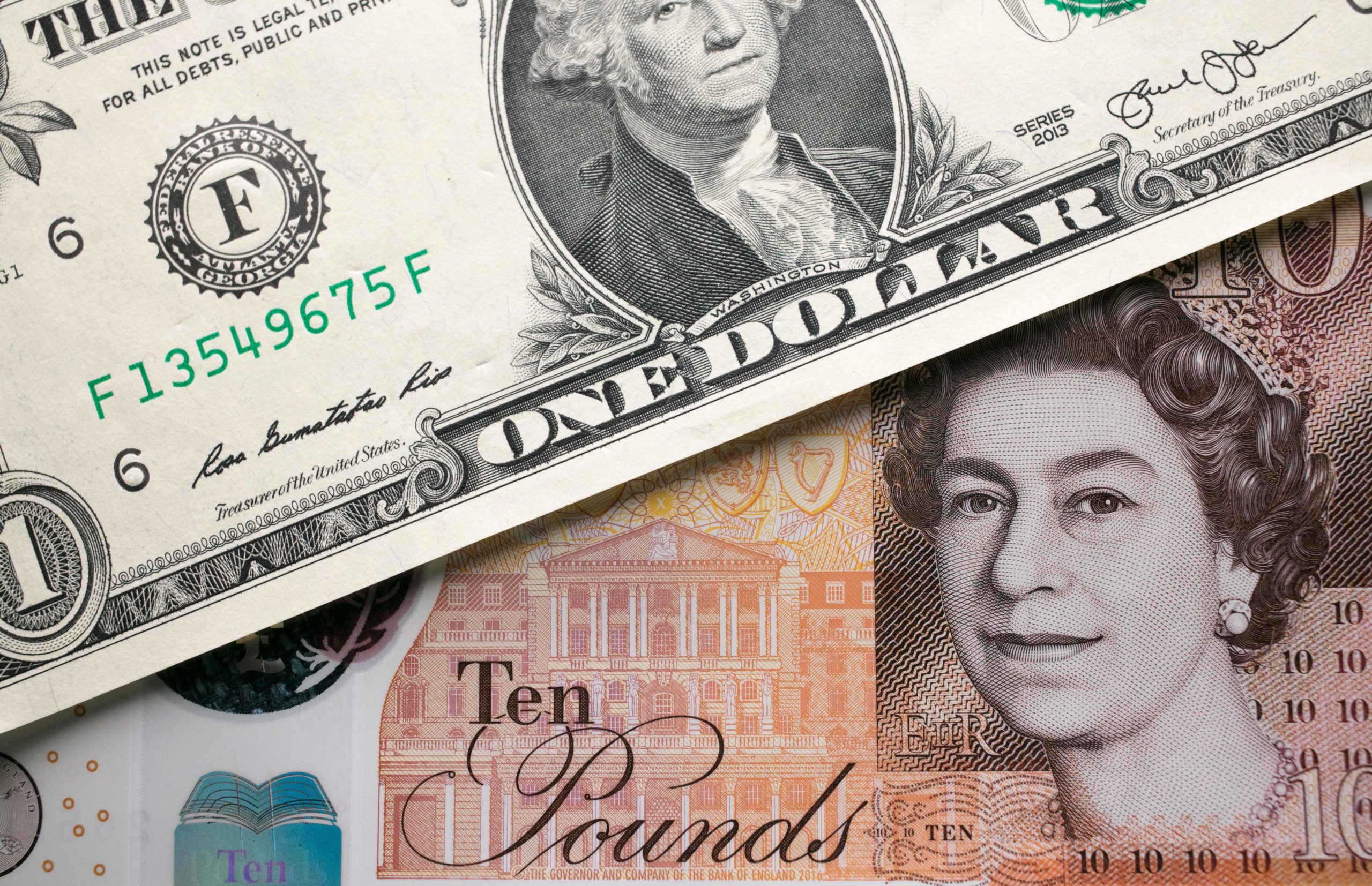Forex
Pound sterling to American dollar exchange rate has fallen to its lowest in 37 years

Pound sterling to the American dollar exchange rate has reached its lowest since 1985, that is, for 37 years. This is shown by data from the financial platform investing.com.
Pound sterling exchange rate against US dollar
The price of the official British currency reached $1.1328, having lost 0.43% since the beginning of the trading day.
The Financial Times wrote in the beginning of September that the pound sterling rate was close to its minimum over the last decades, up to 1.1444 settlement units, amid investors’ apprehensions about the new Prime Minister of Great Britain Liz Truss, coming to power.
At the end of August it was reported that the euro was trading below $0.9952. Thus, the European currency has updated its minimum since 2002.
On September 21, the U.S. dollar rose in trading to a new high for the last 20 years. The sharp growth in the exchange rate was associated with the announcement of the partial mobilization in Russia.
Earlier we reported that the most important world stock indexes fell.

 Forex3 years ago
Forex3 years agoForex Today: the dollar is gaining strength amid gloomy sentiment at the start of the Fed’s week

 Forex3 years ago
Forex3 years agoUnbiased review of Pocket Option broker

 Forex3 years ago
Forex3 years agoDollar to pound sterling exchange rate today: Pound plummeted to its lowest since 1985

 Forex3 years ago
Forex3 years agoHow is the Australian dollar doing today?

 Cryptocurrency3 years ago
Cryptocurrency3 years agoWhat happened in the crypto market – current events today

 World3 years ago
World3 years agoWhy are modern video games an art form?

 Commodities3 years ago
Commodities3 years agoCopper continues to fall in price on expectations of lower demand in China

 Economy3 years ago
Economy3 years agoCrude oil tankers double in price due to EU anti-Russian sanctions

























